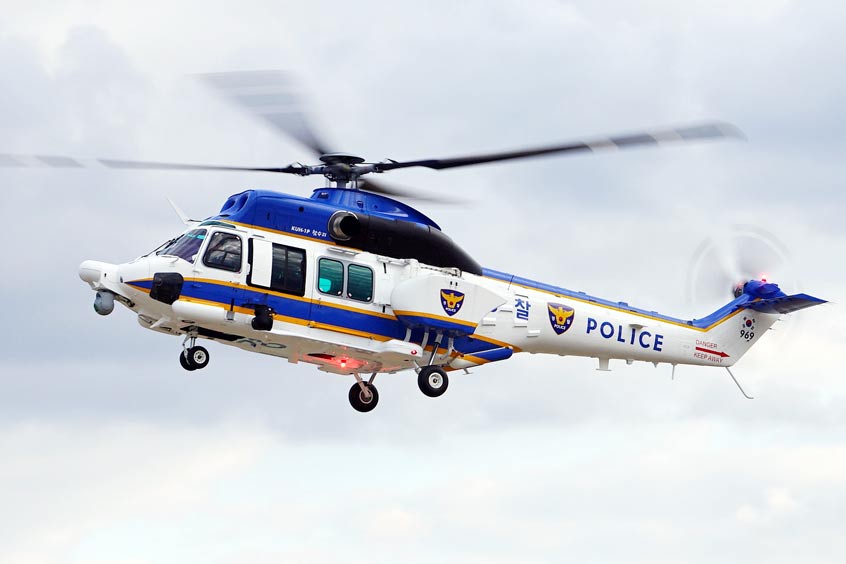Why visit ACE ’25?

Korea Aerospace Industries (KAI) has signed a contract with the South Korean public procurement service to deliver two KUH-1P (Chamsuri) worth 47.1 billion Korean won. The two helicopters will be delivered to the customer, the Korean National Police Agency, by February 2023.
The Chamsuri is based on the KAI Surion and adapted for police missions such as integrated defence, counter-terrorism and traffic management. It features a wireless aerial image transmission device, an electro-optical infrared camera and a searchlight to enable real-time site verification and command control. In particular, the two additional Chamsuri are expected to broaden the Korean National Police Agency's capabilities with a newly-installed EMS kit including oxygenator, automated external defibrillator and air conditioning system, allowing patient evacuation in hot weather.
The Korean National Police Agency is the first customer to operate Surion-based helicopters among domestic government agencies and has purchased ten Chamsuri in total, including this contract. A spokesperson from KAI says: “The customer's satisfaction with the Chamsuri's performance is high, and we are targeting a higher operation ratio through prompt engineering and follow-up support that only KAI can do.”
The first Korean helicopter, KUH-1, was developed for the army in 2012 and operates in seven different configurations including marine utility, police, emergency medical, forest service and coast guard missions.
Until the Surion was developed, Korea had to rely on foreign helicopters, which resulted in high operating costs, engineering support delays, a reduction in efficiency and low training compatibility. The current helicopter market size in Korea is about 120 helicopters and the number of domestic helicopters that the government agency has contracted for purchase is 16 units in total, including 10 police helicopters, two firefighting helicopters, one forest service helicopter and three coastguard helicopters.
KAI is planning to further expand the domestic official helicopter market by increasing the mission utilisation rate based on the ability to provide rapid technical support and smooth follow-up support. To enable this plan, KAI manages 14 offices in Korea to support regular maintenance service and specialised training centre has also been opened at its headquarters to reduce training costs and increase training convenience.